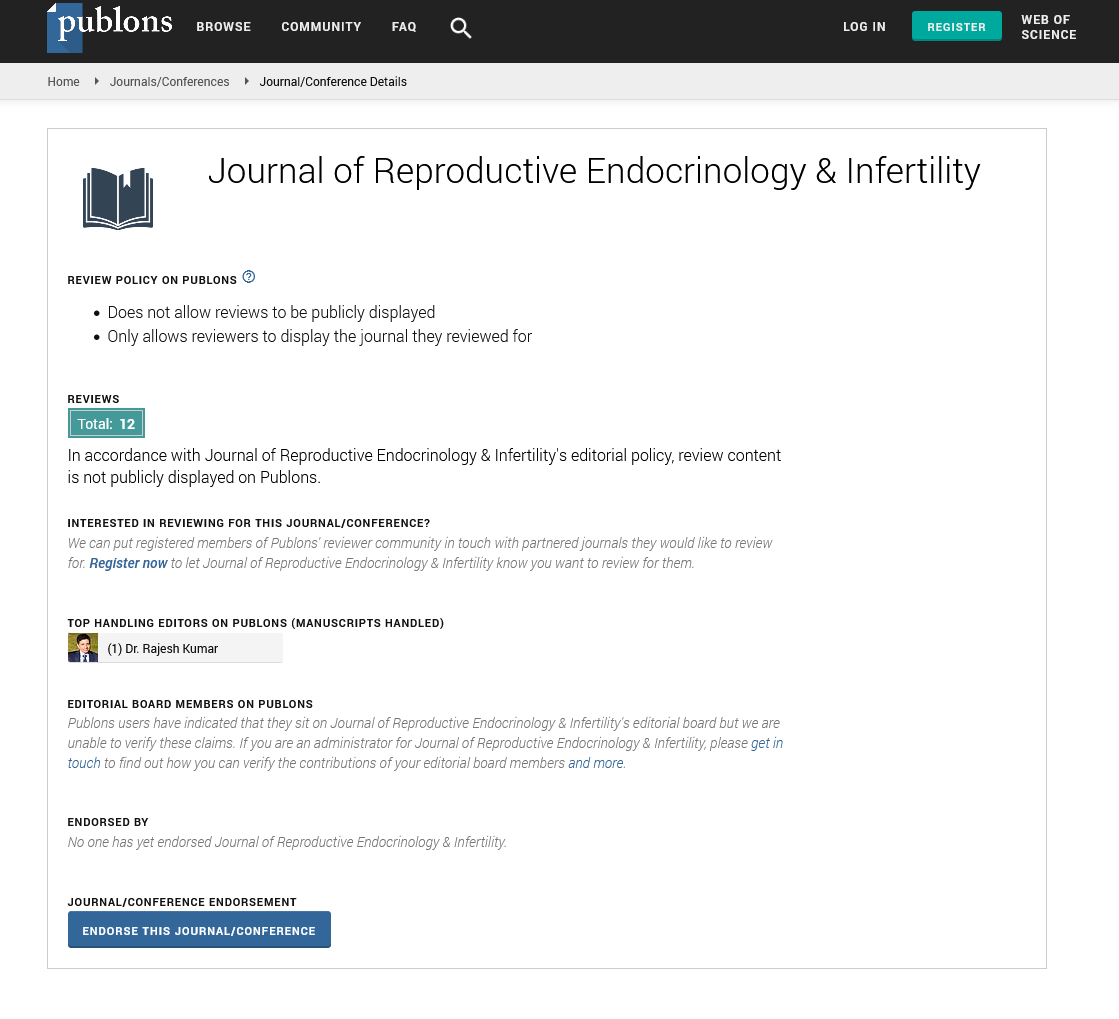Abstract
Antiovarian Antibody may be Used as A Predictor for Poor In Vitro Fertilization Outcome
Objective: The aim of this study is to demonstrate if there is any difference in the presence of antiovarian antibody (AOA) in normal fertile women and the ones having poor ovarian response and to examine if serum AOA levels could be used as a marker to detect patients at risk for poor ovarian reserve. Materials and Methods: 51 premature ovarian insufficiency (POI) patients, 47 poor responder (POR) patients to in vitro fertilization (IVF) and 51 healthy controls were included in the study. The patients were examined for their basal hormone values and antral follicle counts. Venous blood sampling for the detection of AOA was applied and ELISA technique was used to detect AOA concentrations. Results: The AOA levels were detected as 7.91 ± 1.11 U/mL in POI group, 5.72 ± 1.00 U/mL in the fertile group and 8.30 ± 0.75 U/mL in the POR group. It was significantly elevated in the POI and POR groups when compared to the fertile group (p< 0.001). There was not any difference between the AOA levels of POI and POR groups (p=0.053). The cut off levels of AOA for diagnosis of POI was detected to be 6.58 U/mL and for POR it was 7.78 U/mL. When these cut off levels were used, the sensitivity ratio was calculated as 90.2% for POI, and 94.74% for POR groups; whereas the specificity was 86.27% for POI and 83.05% for POR groups. In multivariate regression analysis of the POR group, AOA level was demonstrated to be the only significant independent variable in predicting the patients. Conclusion: Antiovarian autoimmunity plays a role in the etiopathogenesis of POI and POR; but the exact mechanism still needs to be elucidated with more clinical trials. AOA can be used as serum marker to detect the POR patients and predict IVF results. Immunosuppressive treatment of these patients may enhance the pregnancy outcomes.
Author(s):
Basak Guler, Nezaket Kadioglu, Sibel Ozler, Esma Sarikaya, Mahmut Nedim Cicek, Ali Ergun and Sertac Batioglu
Abstract | Full-Text | PDF
Share this

Google scholar citation report
Citations : 43
Journal of Reproductive Endocrinology & Infertility peer review process verified at publons
Abstracted/Indexed in
- Google Scholar
- Sherpa Romeo
- China National Knowledge Infrastructure (CNKI)
- Publons
- International Committee of Medical Journal Editors (ICMJE)
- Secret Search Engine Labs
Open Access Journals
- Aquaculture & Veterinary Science
- Chemistry & Chemical Sciences
- Clinical Sciences
- Engineering
- General Science
- Genetics & Molecular Biology
- Health Care & Nursing
- Immunology & Microbiology
- Materials Science
- Mathematics & Physics
- Medical Sciences
- Neurology & Psychiatry
- Oncology & Cancer Science
- Pharmaceutical Sciences


